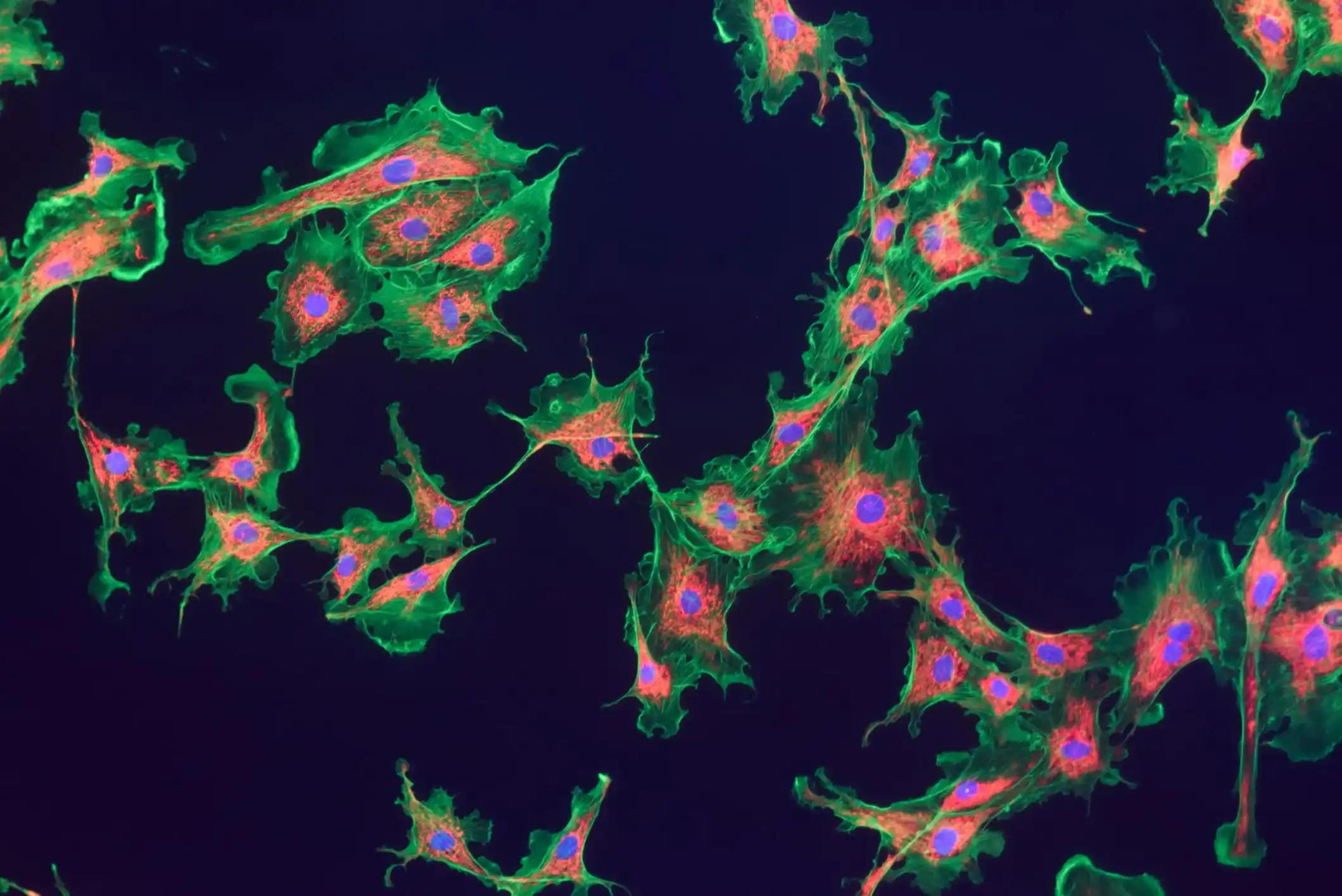KEY TAKEAWAYS
- The phase 2 CITYSCAPE clinical trial evaluated the efficacy and safety of tiragolumab and atezolizumab combination therapy in treating NSCLC.
- The trial was designed as a randomized, double-blind, placebo-controlled investigation conducted across 41 European, Asia, and USA clinics.
- The combination therapy of tiragolumab and atezolizumab demonstrated a statistically significant improvement in the ORR and PFS.
- Patients with recurrent or metastatic non-small cell lung cancer with measurable disease.
- The combination therapy of tiragolumab and atezolizumab showed promising efficacy and an acceptable safety profile in treating NSCLC.
The PD-L1-PD-1 pathway can be selectively suppressed by utilizing PD-1 or PD-L1 inhibitors in conjunction with novel anti-TIGIT inhibitory immune checkpoint agents, such as tiragolumab. The objective of the CITYSCAPE clinical trial was to evaluate the initial effectiveness and safety of the combination therapy of tiragolumab and atezolizumab (an anti-PD-L1 drug) as the primary treatment for non-small-cell lung cancer (NSCLC). The CITYSCAPE phase 2 was designed as a randomized, double-blind, placebo-controlled investigation. Investigators enrolled patients who had not received chemotherapy before and had a positive PD-L1 status, defined as a tumor proportion score of ≥1% by 22C3 immunohistochemistry pharmDx assay from Dako, Agilent Technologies, Santa Clara, CA, USA. These patients had recurrent or metastatic non-small cell lung cancer with measurable disease, an Eastern Cooperative Oncology Group performance status of 0 or 1, and no EGFR or ALK alterations. The study was conducted across 41 European, Asia, and USA clinics.
The study participants were subjected to a randomized allocation (1:1) through an interactive voice or web-based response system. They were administered tiragolumab (600 mg) plus atezolizumab (1200 mg) or placebo plus atezolizumab intravenously once every 3 weeks. The treatment assignment was concealed from both the investigators and patients through masking. The study’s co-primary endpoints were the objective response rate and progression-free survival, as assessed by the investigator and in accordance with Response Evaluation Criteria in Solid Tumors version 1.1. These endpoints were analyzed in the intention-to-treat population after observing approximately 80 progression-free survival events in the primary population. Safety was evaluated in all patients who were administered a minimum of one dose of the investigational drug. The clinical study has been duly registered with ClinicalTrials.gov under the identifier NCT03563716 and is presently in progress. The enrollment of patients occurred within the timeframe from August 10, 2018, to March 20, 2019. As of the primary analysis data cutoff on June 30, 2019, a total of 275 patients were evaluated for eligibility, out of which 135 were randomly allocated to receive either tiragolumab in combination with atezolizumab (50%; n=67) or placebo in combination with atezolizumab (50%; n=68). In the primary analysis, following a median follow-up of 5.9 months (4.6-7.6) in the intention-to-treat population, 21 patients (31.3% [95% CI 19.5-43.2]) in the tiragolumab plus atezolizumab group demonstrated an objective response, compared to 11 patients (16.2% [6.7-25.7]) in the placebo plus atezolizumab group (P=0.031).
The study reported that the median progression-free survival was 5.4 months (95% CI 4.2-not estimable) in the group treated with tiragolumab plus atezolizumab, compared to 3.6 months (2.7-4.4) in the group treated with placebo plus atezolizumab. The stratified hazard ratio was 0.57 (95% CI 0.37-0.90), with a P=0.015. Of the patients who received tiragolumab plus atezolizumab, 21% (14) experienced serious adverse events related to the treatment. Similarly, out of the patients who received a placebo plus atezolizumab, 18% of patients experienced serious adverse events related to the treatment. The treatment-related adverse event of grade 3 or worse that was most frequently reported was an increase in lipase levels. This was observed in six patients (9%) in the tiragolumab plus atezolizumab group, compared to two patients (3%) in the placebo plus atezolizumab group. Two fatalities related to treatment, specifically pyrexia, and infection, were observed in the group receiving tiragolumab in combination with atezolizumab.
Source:https://pubmed.ncbi.nlm.nih.gov/35576957/
Clinical Trial:https://clinicaltrials.gov/ct2/show/NCT03563716
Cho BC, Abreu DR, Hussein M, Cobo M, Patel AJ, Secen N, Lee KH, Massuti B, Hiret S, Yang JCH, Barlesi F, Lee DH, Ares LP, Hsieh RW, Patil NS, Twomey P, Yang X, Meng R, Johnson ML. Tiragolumab plus atezolizumab versus placebo plus atezolizumab as a first-line treatment for PD-L1-selected non-small-cell lung cancer (CITYSCAPE): primary and follow-up analyses of a randomized, double-blind, phase 2 study. Lancet Oncol. 2022 Jun;23(6):781-792. doi: 10.1016/S1470-2045(22)00226-1. Epub 2022 May 13. PMID: 35576957.



